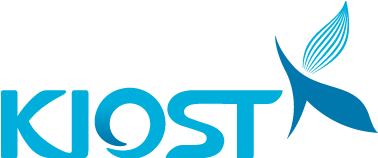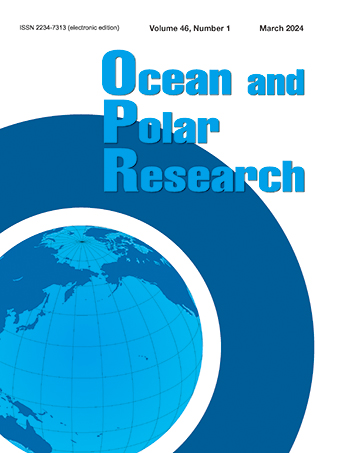Review
Abstract
References
Information
Ciais P, Sabine C, Bala G, Bopp L, Brovkin V, Canadell J, Chhabra A, DeFries R, Galloway J, Heimann M (2013) The physical science basis. Contribution of working group I to the fifth assessment report of the intergovernmental panel on climate change. Chang. IPCC Clim. Cambridge University Press, Cambridge, pp 465-570
Hong S, Lee Y, Yoon SJ, Lee J, Kang S, Won EJ, Hur J, Khim JS, Shin KH (2019) Carbon and nitrogen stable isotope signatures linked to anthropogenic toxic substances pollution in a highly industrialized area of South Korea. Mar Pollut Bull 144:152-159. doi:10.1016/j.marpolbul.2019.05.006
10.1016/j.marpolbul.2019.05.00631179982
Kang S, Kim JH, Hwang JH, Bong YS, Ryu JS, Shin KH (2020a) Seasonal contrast of particulate organic carbon (POC) characteristics in the Geum and Seomjin estuary systems (South Korea) revealed by carbon isotope (δ13C and Δ14C) analyses. Water Res 187:116442. doi:10.1016/j.watres.2020.116442
10.1016/j.watres.2020.11644233011565
Lee Y, Hong S, Kim MS, Kim D, Choi BH, Hur J, Khim JS, Shin KH (2017) Identification of sources and seasonal variability of organic matter in Lake Sihwa and surrounding inland creeks, South Korea. Chemosphere 177:109-119. doi:10.1016/j.chemosphere.2017.02.148
10.1016/j.chemosphere.2017.02.14828284959
NTIS (2023) Ministry of Science and ICT. National Science and Technology Information Service. https://www.ntis.go.kr/ Accessed 13 Oct 2023
WAMIS (2023) Water Resources Management Information System. http://www.wamis.go.kr/ Accessed 13 Oct 2023
- Publisher :Korea Institute of Ocean Science and Technology
- Publisher(Ko) :한국해양과학기술원
- Journal Title :Ocean and Polar Research
- Journal Title(Ko) :Ocean and Polar Research
- Volume : 46
- No :1
- Pages :93-103
- Received Date : 2023-12-01
- Revised Date : 2024-01-12
- Accepted Date : 2024-01-17
- DOI :https://doi.org/10.4217/OPR.2024003




 Ocean and Polar Research
Ocean and Polar Research








